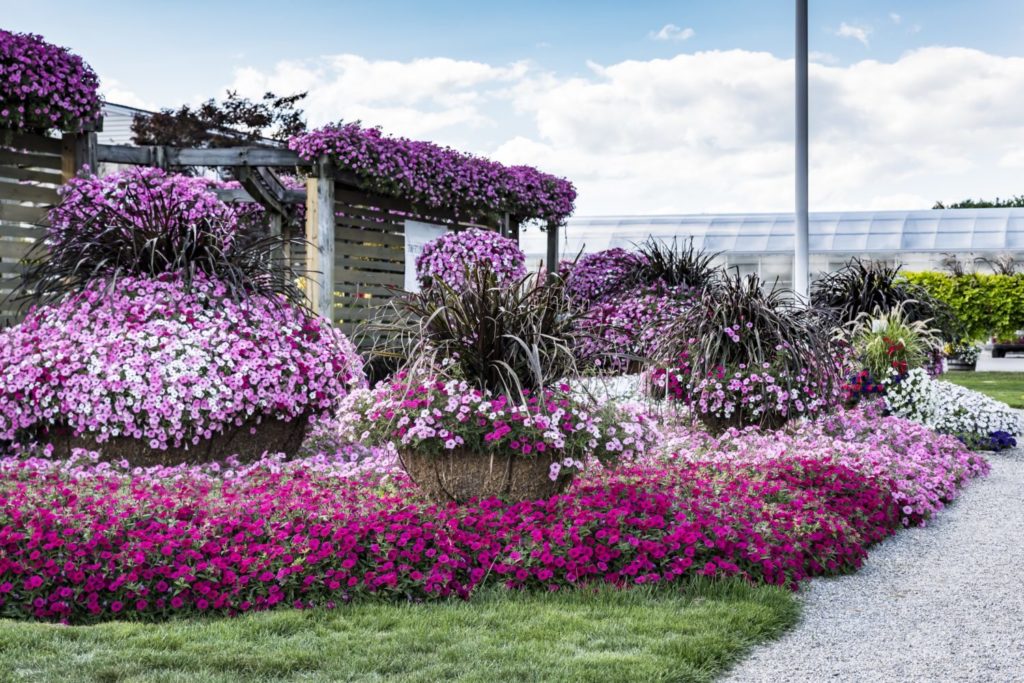
From Trial Field to Retail Bench — and Everything in Between
I have been in the horticulture industry since a very young age, and whenever anyone would ask me what I wanted to be when I grew up, I would reply “A grower, just like my dad.” There was something very special about watching a crop grow that resonated with me, and I always strived to grow the best one every time.
Accepting the Challenge
Fast forward a few years to when I was a student at the University of Florida and actively involved in the undergrad horticulture club. I approached our advisor and asked if I could grow the poinsettia crop for the winter fundraiser. His response was “Why? It’s a difficult crop that takes a lot of work and effort.” I think I surprised him when I replied that it was my favorite crop because I wanted a challenge.
My career goals soon focused on finding a way to combine my passion for growing with my desire for continued learning, creating a continuous challenge so I wouldn’t get bored doing the same thing over and over, which I found when I accepted a job as production R&D manager at Pleasant View Gardens.
Putting Performance to the Test
Each year, hundreds of varieties are introduced to the industry and home gardeners, but how do we make sure that we are bringing something to market that will grow well, look good at retail, and perform in the garden? That’s where R&D comes in — the “behind-the-scenes” efforts where we put a breeder trial code through propagation, production and performance trials.
Our R&D department at Pleasant View Gardens is organized into two sub-departments — new variety trials and production trials. My coworker, Makenzie, oversees the new variety trials and evaluates between 1,500 and 2,000 breeder trial codes each year; she works with the Proven Winners team to select the best genetics for introduction based on season-long garden performance and unique market fit.
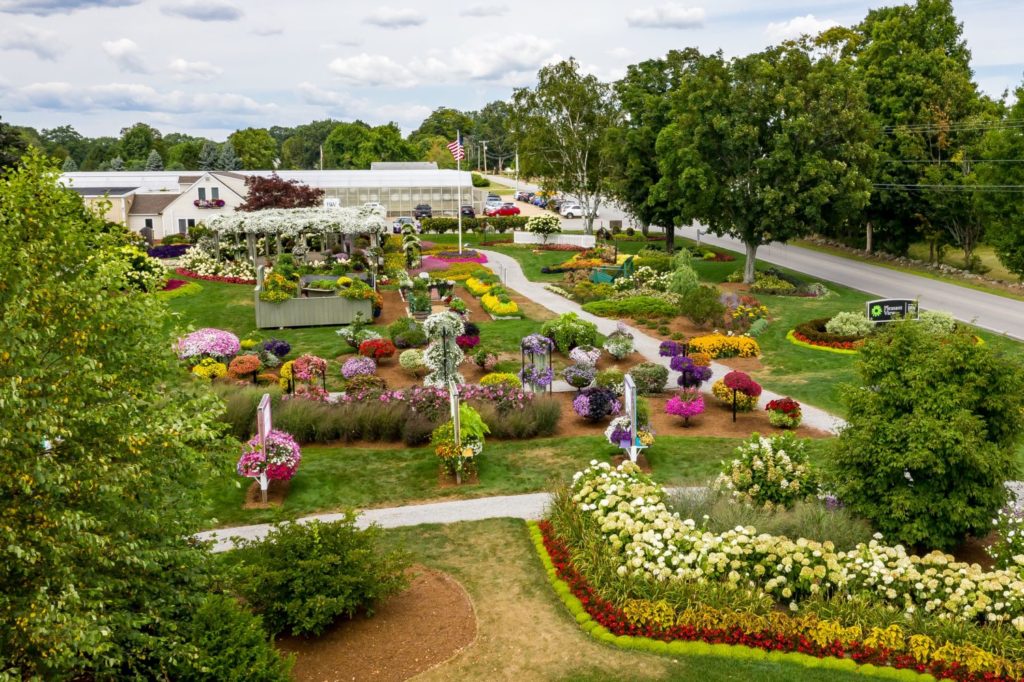 My ”season” starts in September when new Proven Winners varieties are selected for introduction and I start planning out and scheduling all my trials. During the winter and early spring months, propagation trials are conducted to determine crop times, PGR needs, and any special growing requirements (such as rooting hormones or pH preference). If any red flags are raised, we will delay release and try to solve the issue, but sometimes this hurdle cannot be overcome and the variety never reaches market. Then, as we transition into spring, the focus shifts over to finished trials to determine recommended container size, recommended crop time and PGR requirements for each variety. All of the results are compiled and shared with our growing team, and crop plans are then entered into Picas (our planning software) for the upcoming growing season.
My ”season” starts in September when new Proven Winners varieties are selected for introduction and I start planning out and scheduling all my trials. During the winter and early spring months, propagation trials are conducted to determine crop times, PGR needs, and any special growing requirements (such as rooting hormones or pH preference). If any red flags are raised, we will delay release and try to solve the issue, but sometimes this hurdle cannot be overcome and the variety never reaches market. Then, as we transition into spring, the focus shifts over to finished trials to determine recommended container size, recommended crop time and PGR requirements for each variety. All of the results are compiled and shared with our growing team, and crop plans are then entered into Picas (our planning software) for the upcoming growing season.
In addition, I work with multiple internal departments to run production trials, which generally focus on crop quality improvements, ways to reduce inputs without reducing quality, and testing potential new program ideas. Trial suggestions are submitted, reviewed, and assigned a priority, and then I work on getting the trials set up and scheduled. Our operations manager likes to refer to this aspect of R&D as the “machine shop” where I can evaluate a crop, determine the issue and provide a suggested fix for the issue at hand.
Ideas are also generated “on-the-fly” if we see issues arise in production or hear about something that another grower is experiencing with a crop. Some recent trials include adding new crops to our 72 enhanced liner program, developing a “programmed” helianthus liner (which increased crop uniformity and reduced crop time by approximately 3 weeks), and evaluating in-ground performance for the Eco+ Grande (a compostable garden pot).
Post-Trial Performance
One of my favorite parts of the job is showcasing how to use the plants that we grow and sell, whether in the landscape or combination recipes. Each spring, I conduct a hanging basket trial with approximately 300 different recipes, all timed to finish for Mother’s Day. About 100 to 150 of these showcase new introductions, and it is so cool to see the recipes that I designed during the cold, dark winter months come to life! Of course, there are some total failures … but it is all about learning what varieties will mix well together, playing with new color combinations, and making sure everything comes into color at the right time.
I am also the primary designer for our 3-acre display garden that is installed in June and timed to be in full color for our Open House events in early August. Again, it is so rewarding to be able to create living art with plants, highlight how to use existing and new varieties in the landscape, inspire others to garden, and provide beauty to all who visit.
Although the job has evolved over the past 13 years, the main focus is still the same — to help our growing team and our customers grow the best crop possible based on information gathered from variety trials, production trials, and display garden experience.
This constant search for knowledge and collaboration with coworkers to produce the best possible plant is what keeps this job fun, rewarding and challenging all at the same time. I am truly thankful to have found a place in this industry that I love where, on a daily basis, I can use my technical knowledge and creative spirit to help and inspire others.


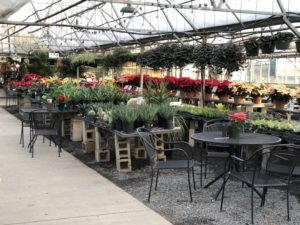
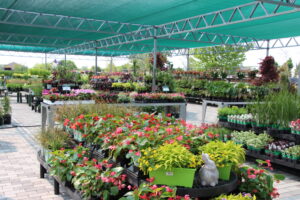
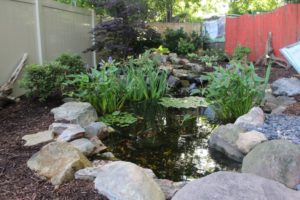
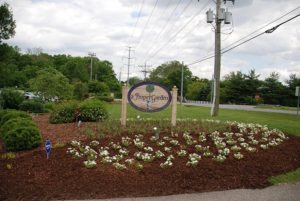

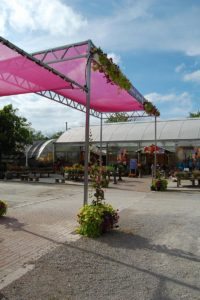
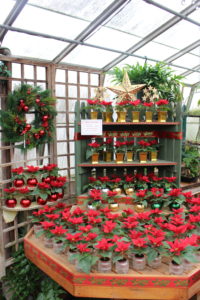
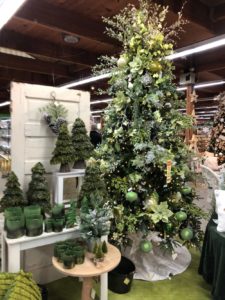

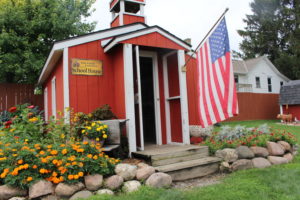
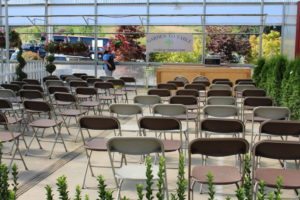

 Videos
Videos





